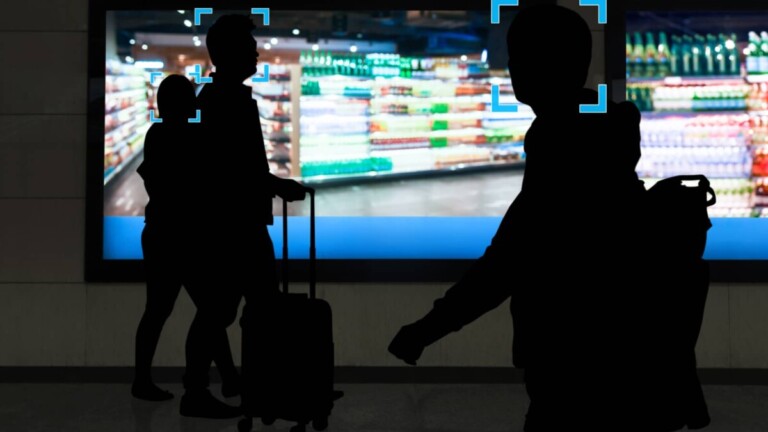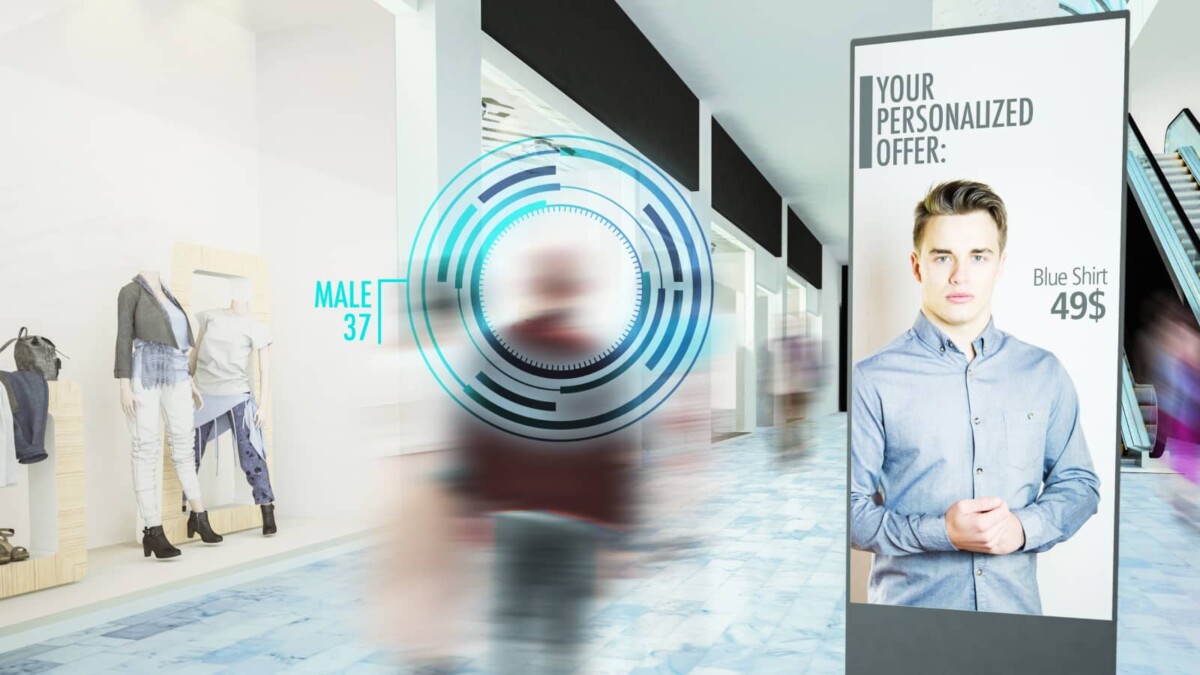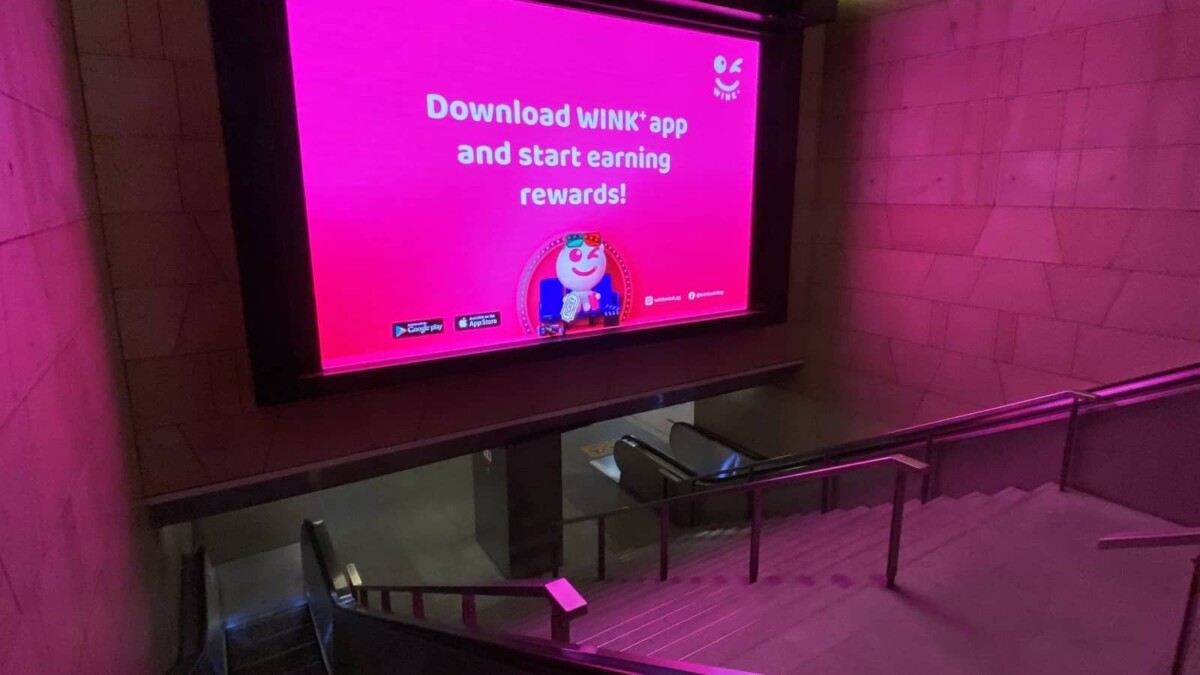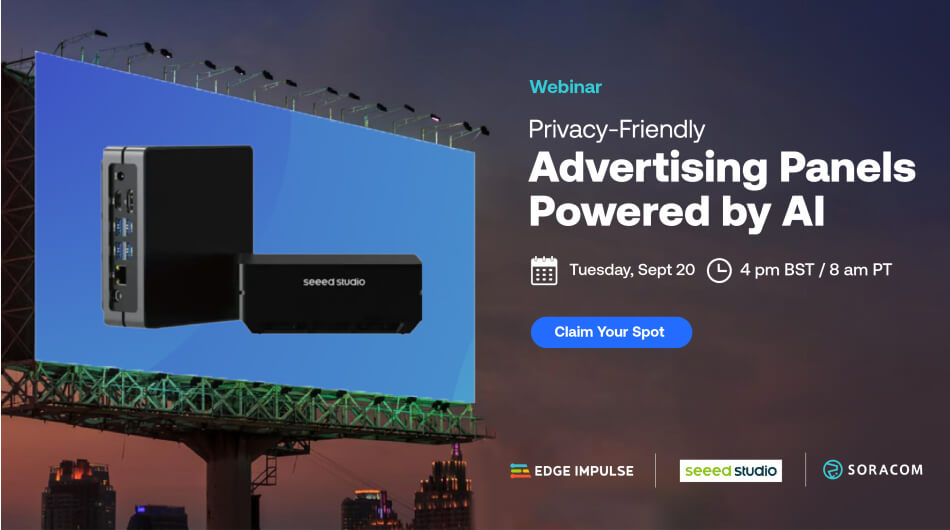How AI and IoT are Changing the Landscape of Digital Out-of-Home (DOOH) Advertising

Outdoor advertising has always been a powerful way to reach consumers. Yet it’s only recently that technological advances have enabled advertisers to take better advantage of the medium.
In the past, OOH (Out-of-Home) advertising was a one-way street. A company would spend money advertising on an outdoor space, and people would just passively view it. But now things are changing, thanks in part to AI and IoT.
Digital OOH advertising panels (also known as digital signage) are now interactive and immersive, engaging people as they walk or drive by and providing a way for advertisers to connect with their audience in a way that was never possible before.
The Challenges of Traditional Out-of-Home (OOH) Advertising
Based on a new report by Allied Market Research, the global OOH market was valued at $18.8 billion in 2020 and is projected to reach $58.67 billion by 2031. Clearly, this isn’t a channel that is going to disappear anytime soon, but that doesn’t mean that is right for every business either.
There are several challenges regarding traditional OOH that can potentially turn modern marketing managers away from this channel. These include:
❌ High Price
Traditional OOH advertising is notoriously expensive. Whether it’s an ad on the side of a bus, at a service station, or on a roadside billboard, you should expect to have to pay a considerable sum to run your ad for even a short while.
❌ Targeting
OOH advertising is an effective means of reaching a very broad audience and a great way of showing your ad campaign to thousands, even millions of people in one blast. Unfortunately, that’s not always the goal. In a world of hyper-targeting and reduced marketing budgets, you need to be confident that you’re reaching your ideal customer profile (ICP) with every dollar spent. That simply isn’t how traditional OOH advertising works.
❌ Measurability
All marketers love to be able to measure the return on investment (RoI) from their marketing efforts. Unfortunately, this can often be an impossible task with out-of-home advertising. In a world where everything is measured and attribution is a key focus, OOH can be seen as an incredibly vague channel.
How AI and IoT are Changing OOH Advertising

The good news for advertisers is that OOH advertising is changing. Digital Out-of-Home (DOOH) advertising is providing innovative ways to run ads, with IoT and AI creating increasingly profound levels of personalisation that have previously been reserved for science fiction.
Instead of using paper posters and static images, DOOH employs LED screens that can show a series of different ads over a prescribed time period. Advertisers can target specific demographics and even alter the DOOH ads running to respond to current events within no time.
This level of dynamic messaging provides a significant advantage over traditional advertisers who must commit to a set of static ads well in advance.
When it comes to AI in OOH advertising, one of the most powerful tools currently being deployed is object recognition. Object recognition utilizes strategically positioned smart cameras to do three things:
- ✅ Object Detection -The ability to recognize items captured by the camera
- ✅ Image Recognition – The ability to interpret and categorize those items
- ✅ Image Localization – The ability to determine the position and distance of an object from the camera
When properly placed, these cameras can collect large amounts of data to help optimise an advertisement’s performance. By tracking the number of vehicles or pedestrians that pass by these smart ads, advertisers gain a better understanding of exactly how valuable a particular location is. Beyond that, recognising foot and vehicle traffic patterns, the estimated financial demographics of passersby (based on attire or model of vehicle), and other trends can help identify what kinds of advertisements should run and when.
Smart camera features like facial recognition can also be used to track and catalog reactions to a particular ad. The data collected can include demographic information like age and gender, which could – in turn – help determine the ideal targeted rotation of ads for the digital screens. Some devices may even include atmospheric sensors that can add a new level of context to the ads’ performance. This allows for more precisely targeted messaging, such as advertising cold drinks on hot days.
However, with any technological advancement that collects data on individuals in public settings, there are bound to be some concerns over privacy. This is particularly true for facial recognition technologies operating in public settings where there is no way to opt out.
Many projects seek to stay ahead of these concerns by designing with privacy in mind. Taking the concept of Privacy by Design to heart, OOH advertisers are constructing their systems with security-forward strategies, such as relying on real-time data to drive ad placement, rather than storing any data long-term.
What is DOOH?

Digital Out-of-Home (DOOH) Advertising is basically OOH with added tech – such as geofencing, tracking, retargeting, personalization, attribution, and measurement.
Today, DOOH is one of the fastest-growing forms of advertising precisely because it offers so many benefits. It is entirely resistant to some of the annoying problems that are often associated with online advertising. For example, DOOH offers some of the advantages of online display advertising – such as targeting and enhanced traffic data – without having to account for ad blockers.
A DOOH campaign also requires a certain level of creativity – something that online display ads may have lost over time. This makes it a more appealing and engaging form of advertising than its non-digital alternative.
Examples of AI-powered DOOH Advertising
We can already see examples of this AI-powered DOOH advertising technology in play across the globe. Here are just a few of our favourite examples:
Shell
British oil and gas giant Shell has deployed smart billboards to more effectively market its premium fuel products. Shell’s smart billboards identify vehicles more likely to purchase their V-Power line of products as they approach and display a corresponding advertisement. The campaign, which ran for one month in the Malaysian capital of Kuala Lumpur, drew in 21% of the audience exposed to these advertisements, resulting in roughly 194,000 unique visits to Shell stations.
McDonald’s

The world’s largest fast-food chain, McDonald’s, has similarly begun using AI to target its OOH advertisements. Throughout London, digital ad boards near bus stops and tube stations have begun tailoring ad content based on current weather conditions and the time of day. For example, the boards can display targeted messages mid-morning to let would-be diners know how long the restaurant chain will continue to serve breakfast items and then swap in spots for ice cream sundaes if the temperatures rise in the afternoon.
GMC
Meanwhile, automobile manufacturer GMC has deployed interactive smart ads that use facial analytics and proximity-based marketing to engage potential customers. By utilising facial recognition to approximate the age, gender, and assumed income of the individual, the ad showcases one of 30 potential targeted videos to anyone engaging with the digital screen. The videos go out of their way to engage the audience, even making jokes and playing games, then responding to the participants’ reactions.
DeepAd Project
Then there is the DeepAd Project, which placed smart billboards along some of the busiest roadways in the Tokyo area. Through a collection of IoT devices, big data analytics, and AI, the billboards could detect and identify the make, model, and even year of cars with 94% accuracy at 350 meters. The vehicles were separated into three categories (luxury, family, and ‘project member’ cars), each triggering a different set of targeted advertisements in real time. The project has set its next test in the parking garage of a major shopping mall, looking to target potential buyers with current sales or other purchasing opportunities.
How to get started with AI-powered DOOH

If Digital Out-of-Home (DOOH) Advertising is a channel you’re interested in exploring but you’re unsure of where to start, join Soracom’s webinar with Edge Impulse and Seeed Studio: Privacy-Friendly Advertising Panels, Powered by AI.
In this session, you’ll learn how to build privacy-friendly advertising panels with topics including:
- Training a machine learning model to detect faces in real time.
- Running web applications locally on the Seeed reComputer, powered by NVIDIA’s Jetson platform.
- Enabling AIoT by connecting any device to the cloud over cellular with Soracom’s Onyx LTE modem.
- Counting people and measuring the time of exposure.
- Automatically refreshing the displays while deploying “on-device anonymization” techniques using edge machine learning.
To register for this webinar, please sign up here.
………………
Got a question for Soracom? Whether you’re an existing customer, interested in learning more about our product and services, or want to learn about our Partner program – we’d love to hear from you!





